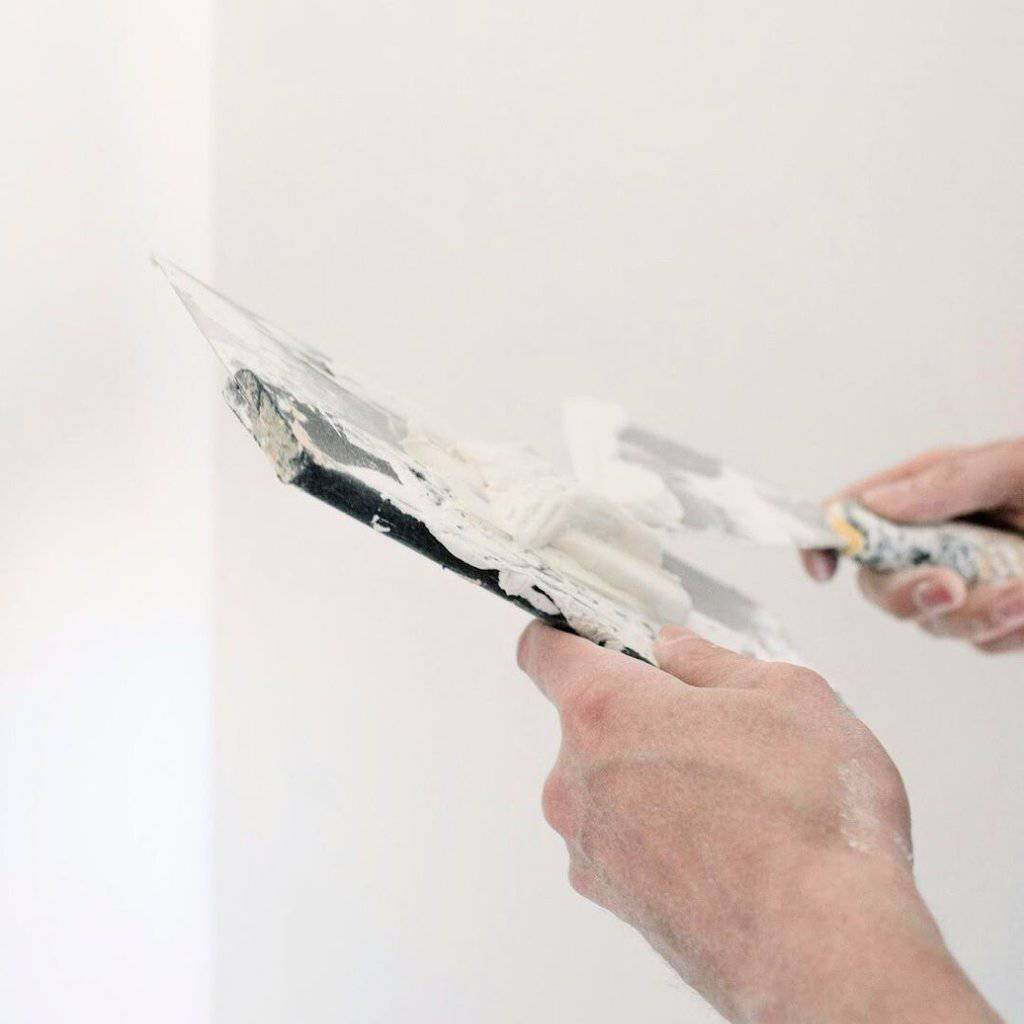Roll up those sleeves, it’s time to transform you from a DIY dabbler into a tool-wielding, screwdriver-swinging, home improvement hero! Whether you’re tackling a drippy tap or taking on the Sistine Chapel of ceiling painting, here’s how to up your DIY game without it becoming a farce.
1. Start Small – Dream Big
It’s always a good idea to start your DIY journey with projects that are simple, and unlikely to leave your home looking like a tornado has just blown through. Things like replacing cabinet handles with something a bit more exciting or mending a squeaky door are small victories that will build your confidence while helping you learn the basics, for example.
2. Tool Up – The Right Way
You know what they say – “a DIYer is only as good as their tools.” Okay, maybe they don’t say that, but they should. Head to your local DIY store or buy tools online. Invest in some basics: a decent drill, a hammer, a set of screwdrivers, a tape measure, and, of course, a trusty wrench. Remember, buying quality tools is like buying a parachute; they need to work well when it matters most.
3. YouTube is Your University
There’s a tutorial for almost anything on YouTube, from building a deck to fixing a leaky faucet. So before you start, spend some time with your digital professors. Watch several tutorials, compare techniques, and maybe even learn what not to do. It’s like binge-watching Netflix, but you might actually gain valuable life skills.
4. Safety First – Always
Before you start swinging that hammer, make sure you’re kitted out with the right safety gear. Goggles, gloves, and ear protection might make you look like an extra from a sci-fi movie, but they’re essential for protecting your assets (those being your eyes, hands, and ears). DIY is no fun when it ends in A&E.
5. Measure Twice, Cut Once
This old adage is the golden rule of DIY. Whether you’re cutting wood for shelving or measuring for new curtains, always double-check your measurements. Nothing sours the satisfaction of a job well done like having to do it twice—or trudging back to the store to replace the materials you just turned into modern art.
6. Patience is a Virtue
Good things take time, and that includes DIY projects. Rushing can lead to mistakes that cost time and money to fix. Take breaks, step back and admire your work, and make sure you’re happy with each step before moving on to the next.
7. Phone a Friend
Sometimes, two hands just aren’t enough. For those bigger projects, don’t be afraid to ask for help. Not only is it safer, but it’s also more fun. Plus, you can return the favour when it’s their turn to play Bob the Builder.
8. Embrace the Mistakes
Finally, remember that every mis-cut piece of wood, every not-so-straight tile, is a learning experience. Home DIY is as much about the journey as it is about the destination. So even if things don’t go perfectly, there’s always filler, paint, or a strategically placed vase.
Happy fixing!


